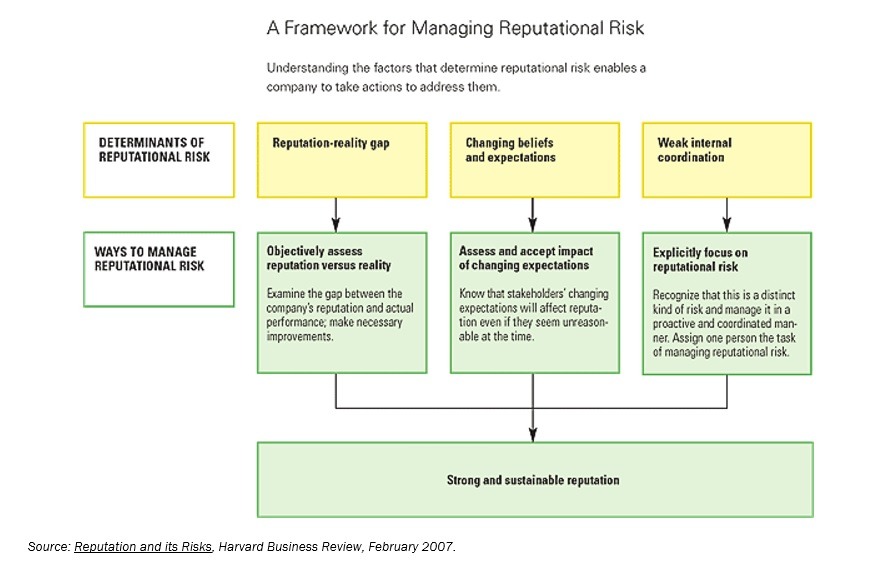By Diane Harrison
There typically are two business attitudes about branding. One, those that are hyper focused on building and keeping a high quality brand, and two, those that don’t see the point of all the hype. We know the first group—these are industry brand titans, such as Starbucks, FedEx, Rolex and the like. We also know the second group, which is, well, most of the rest of the businesses out there.
A common attitude among businesses in the second group is, “If I can’t own first place, why does it matter that I spend time and effort on branding?” This can be a slippery slope to tread, and here’s the most compelling reason why. Your brand exists even without your paying attention to it. What is true about you that your competitors cannot claim? This can be a difficult question to answer, but absolutely essential to undertake. At its essence your brand identity is what people believe about you; it embodies the core of your reputation. And yet, this can be a very different perception than what you know to be true about you and the product/service you provide.
THE VIEW FROM INSIDE VERSUS THE VIEW FROM OUTSIDE
Back in February of 2007, the Harvard Business Review published an excellent article, Reputation and its Risks, written by Robert Eccles, Scott Newquist, and Roland Schatz, which is as true today as it was then. It points out that: ‘...in an economy where 70% to 80% of market value comes from hard-to-assess intangible assets such as brand equity, intellectual capital, and goodwill, organizations are especially vulnerable to anything that damages their reputations.’
WHAT YOU BELIEVE ABOUT YOUR BRAND <————————————————> WHAT OTHERS BELIEVE ABOUT YOUR BRAND
The two, brand and reputation, are inexorably linked in the mind of the client/customer. These two perceptions can exist anywhere on a continuum of perfect alignment—your perception of your brand marries with the public’s perception of you—to something very far afield. What if you believe that because you work hard to provide an offering to your clients all is well, yet those prospective clients either think differently about the offering itself, or worse, they don’t even know you?
The article goes on to emphasize that the public’s viewpoint on any business is a combination of multiple factors, tangible and intangible. It states: A company’s overall reputation is a function of its reputation among its various stakeholders (investors, customers, suppliers, employees, regulators, politicians, nongovernmental organizations, the communities in which the firm operates) in specific categories (product quality, corporate governance, employee relations, customer service, intellectual capital, financial performance, handling of environmental and social issues).’
BENEATH THE SURFACE
Obviously there are many layers to brand and reputation management, and just as many opportunities to strengthen/weaken them. Most businesses see the value of devoting time and resources to promoting and emphasizing their strong points. They budget for advertising and promotional efforts touting their benefits to the clients and potential clients they want to influence. But there is an even more important aspect to this management: the underwater portion of an iceberg, so to speak.
Most icebergs have 90% of their mass concealed beneath the surface of the water in which they float. What is seen above the surface represents only a fraction of its true size. Similarly, in reputation management, what you don’t want to talk about speaks more loudly than what is easy to communicate about you.
It comes down to addressing weak points and shoring them up or neutralizing them in the eyes and minds of your prospects. It’s a risk worth taking and indeed, one that must be taken to strengthen both reputation and brand identity. If you try to ignore business weaknesses, you run the real risk of competitors using them against you. As the Harvard article succinctly puts it: ‘Knowing first aid is not the same as protecting your health.’ The article also provides a useful schematic for businesses to consider in planning action steps for boosting reputation, and therefore brand, management.

STILL WATERS RUN DEEP
The five basic steps covered in the HBR article are a baseline practicum for understanding where your reputation sits in the minds of the outside audience. In short, these are:
- Assess your reputation: take an honest look at what is believed about your business today.
- Evaluate reality versus this reputation: are your business practices consistent with this belief?
- Close the gaps in perception: where inconsistencies exist, take necessary steps to correct them.
- Monitor progress in changing perceptions and beliefs: Is your action plan working?
- Designate a person to be in charge of process: perhaps most important, make someone accountable to keep management of your reputation and brand priority practices.
Now that you recognize how important managing the brand is to overall success, form a plan to be proactive in keeping your business reputation as positive and strong as possible. One tactic for doing so is to form a meaningful, mindful connection with your target audience. Consider creating a quality program of thought leadership, an educational and informative way for others to get to know you, which simultaneously helps shape the outside perceptions about you. Such action plans are also useful in provoking greater follow up for the business development role of your firm.
I recently heard an interesting analogy about social media’s impact on public awareness that stuck with me visually. It was about how the exploding commentary world of Twitter sometimes disproportionately reflects actual events and their lasting importance. The comment was, ‘Twitter is a Styrofoam iceberg, where 90% of it appears floating on the surface, with very little depth below.’ In the business goal of thought leadership, one should aspire to be a true iceberg, revealing your intellectual edge, but leaving 90% more depth from which to draw.
Diane Harrison is principal and owner of Panegyric Marketing, a strategic marketing communications firm founded in 2002 specializing in alternative assets. She has over 25 years’ of expertise in hedge fund and private equity marketing, investor relations, articles, white papers, blog posts, and other thought leadership deliverables.




